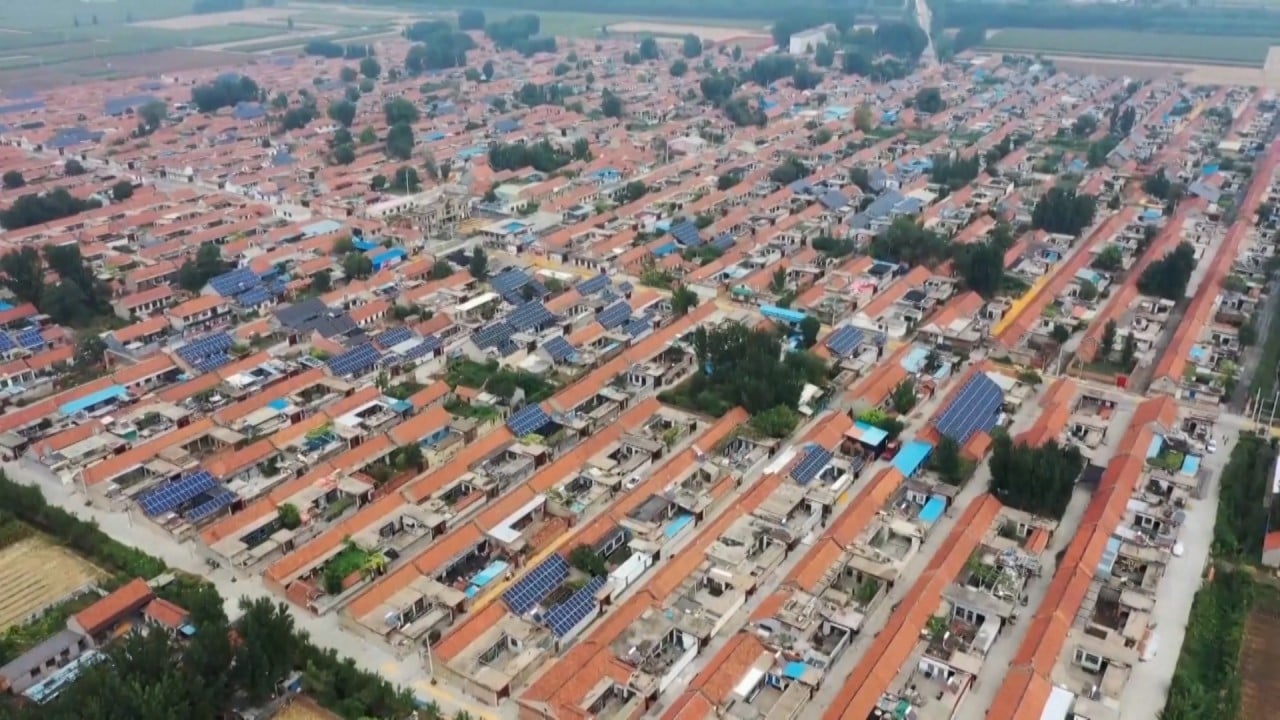Chinese team creates ‘highly efficient, flexible’ silicon solar cells
- Breakthrough technology has broad applications in aerospace, wearable electronics and portable power sources, according to scientists
- They say innovative structure allows cells to be folded like a sheet of paper, and study suggests mass production is viable

Chinese scientists who have turned hard silicon solar cells into an elastic form as thin and soft as paper say their breakthrough technology has broad applications in aerospace, wearable electronics and portable power sources.
Over the past few years, advances in materials and manufacturing have led to impressive gains in the efficiency of silicon solar cells. They now boast a light-electricity conversion rate of 26.8 per cent – approaching the theoretical limit of 29.4 per cent.
Silicon solar cells represent about 95 per cent of the solar cells used in the photovoltaic market. They have been widely used in ground-based solar farms and distributed photovoltaics since manufacturing and power generation costs came down.
But developing commercially viable and highly efficient solar cells that are lightweight, flexible and low cost – and that can be used on a large scale – is a challenge.
Thin-film solar cells currently in use are made from amorphous silicon, cadmium telluride, organics and perovskites.
They do “exhibit flexibility”, according to Liu Wenzhu, a professor at the new energy technology centre of the Chinese Academy of Sciences’ Shanghai Institute of Microsystem and Information Technology (SIMIT).
“But their use is limited because of their low power conversion efficiency … the release of toxic materials into the environment, inferior performance in the case of large areas and unstable operating conditions,” Liu said.
His team has come up with an innovative structure for silicon solar cells to make them flexible – and they say the study suggests mass production is also viable.
